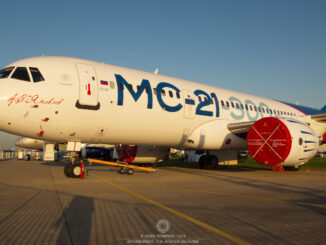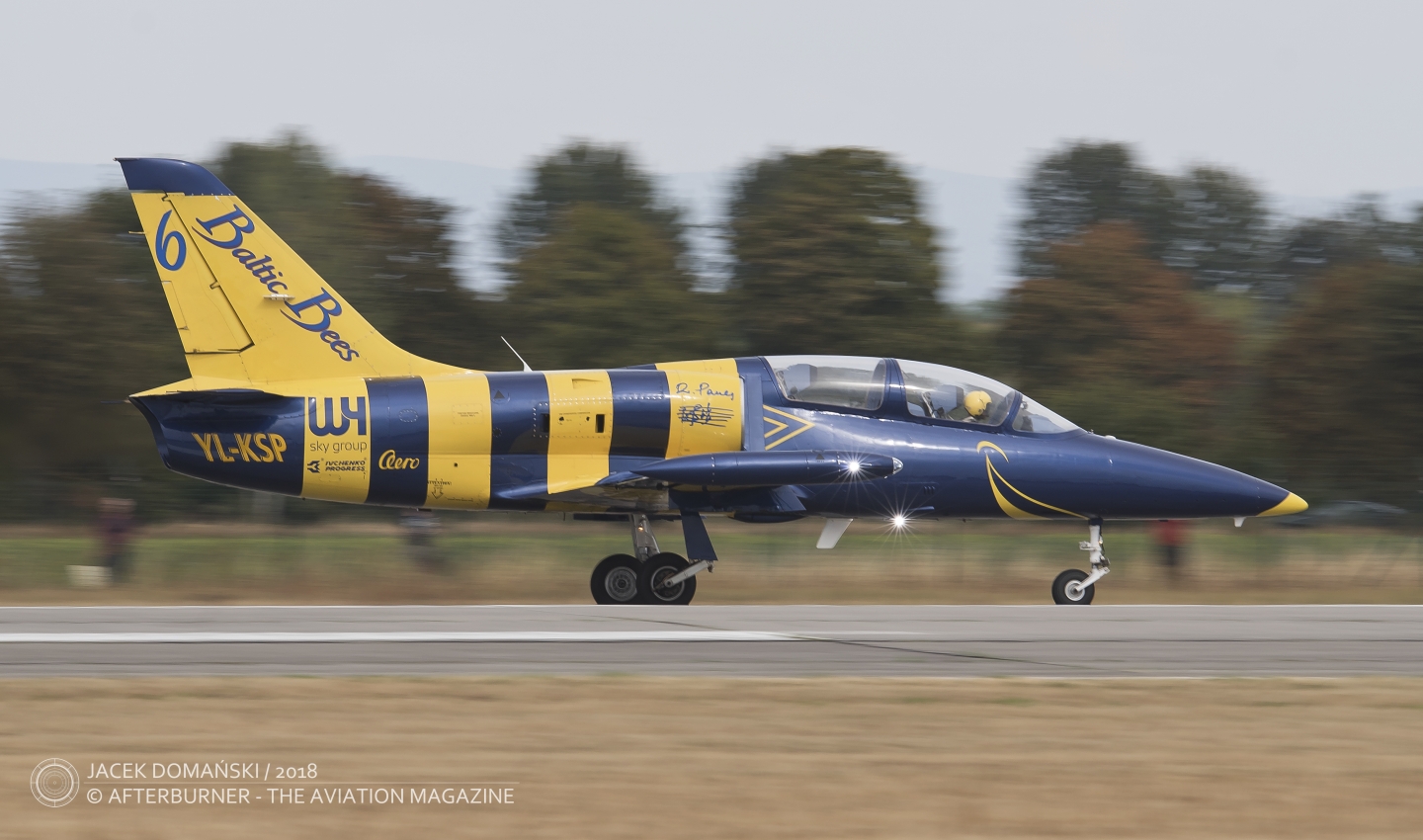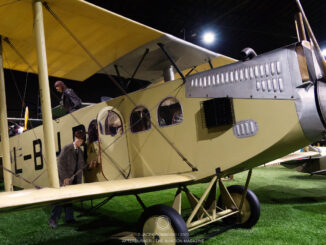 Colomban MC-15 Cri-Cri (c/n 248, F-PYTX), flying display at Letecký den Cheb (Aviation Day Cheb), Cheb, August 2024.
Colomban MC-15 Cri-Cri (c/n 248, F-PYTX), flying display at Letecký den Cheb (Aviation Day Cheb), Cheb, August 2024.
In the early 1970s, French aeronautical engineer, Michel Colomban – who was working for Morane-Saulnier and then Aérospatiale companies – developed a small, twin-engine aircraft designated Cri-Cri. The name of the aeroplane came from the nickname of Colomban´s daughter, Christine.
Prototype of that aircraft successfully performed its first flight on 19th July 1973 and shortly after, the blueprints of Cri-Cri became available for aviation enthusiasts willing to build their own aeroplane.
The Cri-Cri, usually considered as the smallest twin-engine, crewed aircraft in the world, is a cantilever low-wing monoplane. It features a single-seat cockpit, fixed tricycle landing gear and characteristic, big bubble canopy.
Due to being the plans-built aircraft, and as those plans were often modified by amateur constructors, several different variants of the Cri-Cri were created over time. For the same reason, a variety of engines were used to power the aeroplane.
The prototype, as well as the first manufactured aircraft – designated MC-10 – were powered by two Rowena 6507J single-cylinder, two-stroke engines, each generating 9 hp. However, over the years, two-cylinder internal combustion engines, turbojet powerplants and even electric motors were used to power various examples of the Cri-Cri aircraft around the world.
The MC-15 version of the Cri-Cri, featured within our Photo of the Week series, is powered by two JPX PUL 212 engines – a French-made, two-cylinder, two-stroke powerplants, generating 15 hp each.
Apart from the Cri-Cri, Michel Colomban developed also two-seat, single engine aircraft known as MC-100 Banbi, and ultra-lightweight single-seat monoplane MC-30 Luciole (English: firefly).



